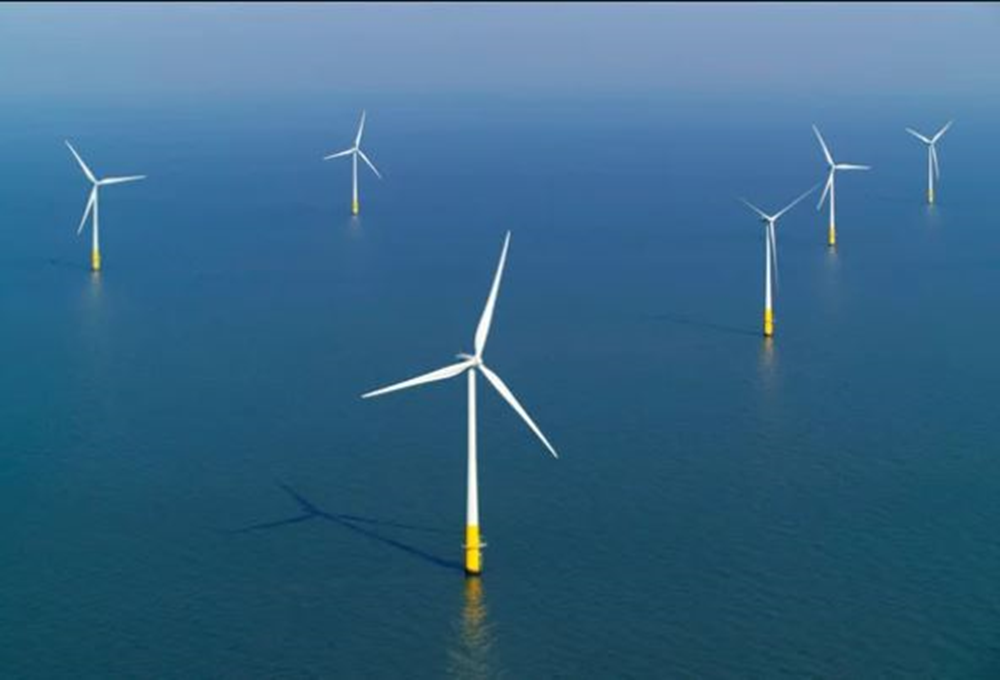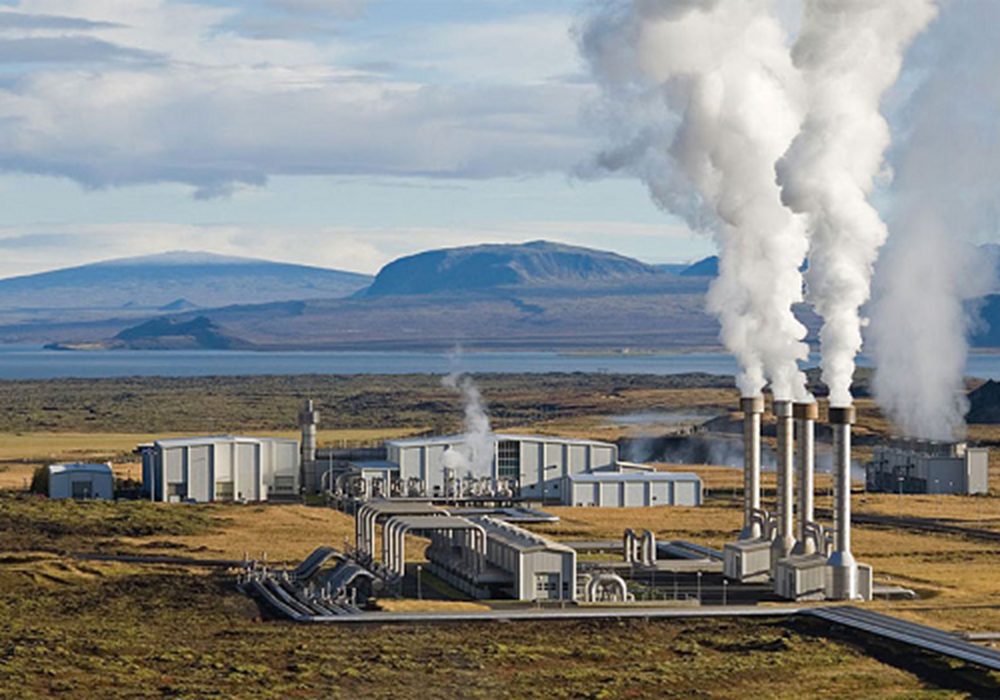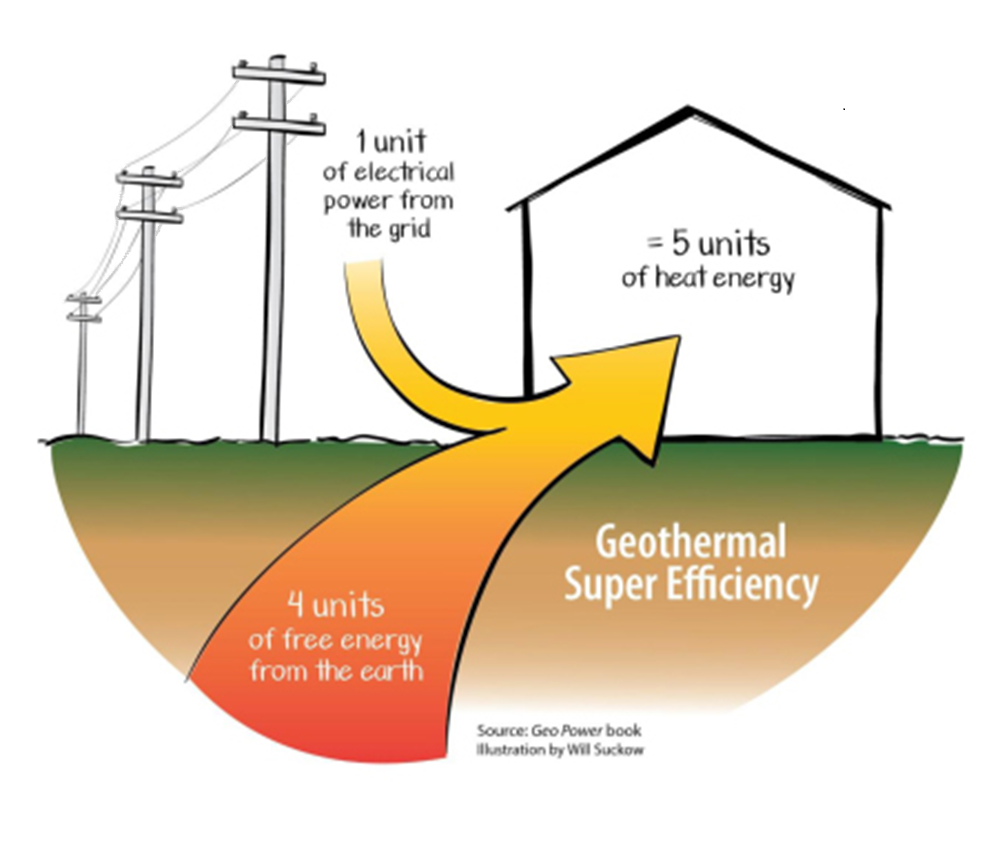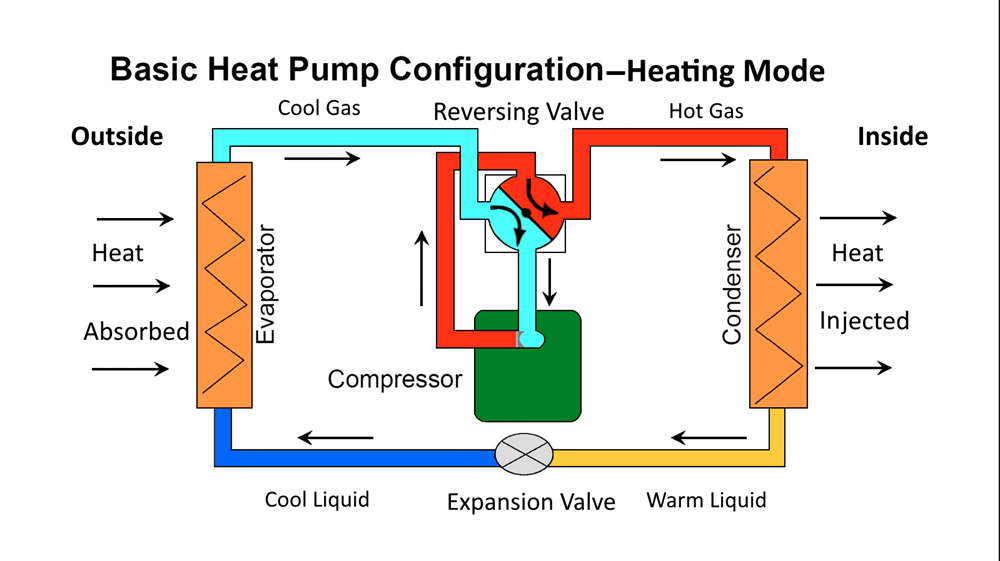About Renewable Energy Resources
Our Energy, Our Island, Our Planet
What are renewable energy resources?
These are natural resources that can be used to generate electricity or thermal energy (heat), both of which we need in our modern society. These resources cannot be depleted or used up (as opposed to fossil fuels). They are also continuously replenished. They are clean, meaning they do not burn so there are no resulting combustion fumes that pollute the air or leave chemicals behind.
Renewable energy resources include the Earth itself, wind, water, and the sun. Earth, air, fire, and water are the four elements of native traditions.
Solar energy is the most familiar because we feel the heat and see the light every day.
Wind energy can be offshore or land-based on windy plains. This resource was used for millennia in windmills that grind grain and sails that power ships.
Water energy comes from flowing water from rivers, falls, and tides. This is also a time-honored resource used in gristmills, saw mills, and textile mills.
Earth energy exists at naturally occurring surface heat sources (hot springs and geysers, volcanic hot spots, etc.) and within the Earth’s core. Deep drilling into the Earth’s interior to access core heat is a newer technology. “Low temperature” geothermal is found beneath the frostline and is used in conjunction with an electric heat pump. This technology is the focus here.
Renewable Electricity
Solar Photovoltaic (PV)

Solar photovoltaic (meaning light + voltage) panels are well-known.
Benefits
- Sunlight is a free resource, no fuel cost
- Produce your own electricity with no greenhouse gas emissions
- Lower your electric bill
- What you don’t use is saved
- Storage provides electricity during a power failure
How It Works
Sunlight (photons) strike the panel and release electrons that flow into the electrical system (voltage) to generate clean electricity. Microinverters convert this direct current into alternating current so it can be used by the building, stored, or sent back to the electric grid and credited to your account (net-metering).
The solar panel array can be grid-tied (connected to the electric grid) or off-grid, and can be used on an individual, community, commercial, or utility scale.
Usually, only grid-tied are incentivized by the utility because it feeds excess electricity to the electric grid. It can also charge onsite batteries.
Solar panels can be installed on rooftops or on the ground. Commercially, solar panels can be grouped into “farms” to provide electricity to the grid or to a local community.
- Rooftop panels are most often placed on home and building roofs
- Ground-mounted panels on solar “farms” are most often arrayed in large groups on vacant land. These are most often owned by commercial interests. Solar farms can sell their electricity directly to the utility or sell shares in a community solar farm.
- Community solar is an off-site community solar project that sells shares to those who want solar power but do not have their own.

Wind Turbines

Benefits
- Wind is a free resource, no fuel cost
- Clean, no greenhouse gas emissions
How It Works
Wind is captured by the blades that turn a turbine that generates electricity. A cable conveys it to a power station for distribution.
Wind turbines are new in New York State but established in Europe, especially offshore wind in the North and Baltic Seas. They capture wind and generate clean electricity using turbines. The power is then transmitted to onshore facilities for distribution. They are expensive to build and work best when grouped in “farms” on a commercial or utility scale.
NYS is a leader in climate change legislation and will be a leader in renewable energy, especially offshore wind. It will show the way to the rest of the country.
Wind power will become a NYS home-grown industry, with a revenue stream of expertise extending into other states.
Water Turbines
This is an emerging technology that holds great promise since it can be used almost everywhere but in a desert.
Benefits
- Free resource, no fuel cost
- Uses the energy of moving water, such as rivers and tides
- Clean, no greenhouse gas emissions
How It Works
Water moves the blades that turn a turbine that generates electricity. A cable conveys it to a power station for distribution.
Water energy using turbines can be hydroelectric or tidal. Although both produce clean electricity, the term hydroelectric has been used for energy in flowing water (rivers and falls) to run turbines to generate electricity. Unfortunately, many hydroelectric facilities dam rivers and spoil the environment.
There are several technologies being developed that use the tidal action of the ocean to turn turbines.
Geothermal Electric

This geothermal technology can be used anywhere by deep drilling into the Earth’s interior.
Benefits
- Earth heat is a free resource, no fuel cost
- No greenhouse gas emissions
How It Works
Drilling deep into the Earth accesses core heat. It is brought to the surface and used to heat water to run steam turbines to generate electricity. A cable conveys it to a power station for distribution.
This deep drilling often requires hydraulic fracturing (“fracking”) so it cannot be considered clean as it leaves fracking chemicals behind. Deep drilling can also increase earthquake activity.
Renewable Thermal Energy (Heat)

Heat Pumps for Heating and Cooling Buildings
All-electric does not mean expensive when heating with heat pumps.
Heat pumps are the 21st century way to heat and cool, and it only takes one system.
Benefits
- Earth heat is a free resource, no fuel cost
- Lowers your heating and cooling bills
- Clean heat, no greenhouse gas emissions
- Comfortable with no hot or cold spots
- Quiet, all equipment is inside
How It Works
Heat pumps move heat from outside to inside during heating mode and from inside to outside during cooling mode. Refrigerant in the heat pump amplifies the heat to a comfortable temperature.Cooling simply reverses the direction of heat to flow outside.
Heat pumps for heating and cooling buildings are not new in New York but they are more well-accepted in Europe. There are two types based on the source of the heat. Air source heat pumps exchange heat with the outside air, while ground source (geothermal) heat pumps exchange heat with the ground.
In the past air source systems supplemented a regular heating system, but newer cold climate air source heat pumps can heat all on their own since they are designed for northern climates. They are 2-4 times more efficient than the most efficient new boilers and furnaces. Geothermal heat pumps, designed to fully replace a regular heating system, are 3-5 times more efficient than the most efficient boilers and furnaces. Many people ask how this can be, so a more detailed explanation is below.

Details on how a heat pump works
You have at least one and maybe more heat pumps in your home already. The most well-known ones are refrigerators, freezers, and air conditioners. They use only the cooling cycle of the heat pump to move heat from the appliance or home. But you can also use a heat pump for heating.
They heat without fire. Heat pumps are able to move heat from outside to inside during heating mode and from inside to outside during cooling mode. The heat comes from warmth extracted from the ground (or air) combined with heat generated by the heat pump by compressing refrigerant gas. A reversing valve, which changes the flow of refrigerant, allows the process to reverse for cooling.

Heating without fire is a new paradigm since we are used to heat coming from flames.
Since there is no burning there are no greenhouse gases nor air pollution.
Air source heat pumps (ASHPs) are located outside the building and connect with inside ducts or a ductless delivery system. Geothermal heat pump systems (GHPs) consist of the underground loop that exchanges heat with the ground. The heat pumps themselves are located inside the building and connect with a duct delivery system. Being inside they are protected from the weather and wildlife so they last longer.
GHPs used to cost more than ASHPs due to the expense of installing the loop system. BUT NOW, in New York State only, they are equal to or cost less due to the generous federal and state income tax credits (federal direct pay for non-profits) and electric utility rebates.
The geothermal loop can be sized to use on an individual, community, or utility scale. Ownership can be individual, utility, or third party. Individual geothermal loops belong to the building owner.
Shared loops, also known as district or community loop systems or thermal energy networks, can halve the cost of a geothermal installation. One such system can supply the thermal needs for a whole community.There are two basic types:
- Utility thermal energy networks (TENs) are district loop systems installed, operated, and owned by a utility. They provide access to the loop for a small monthly fee.
- Third parties (“energy-as-a-service”) can install, operate, and own community loops too. They can be homeowner associations, municipalities, or companies that specialize in these systems.
Geothermal heat pumps can also provide hot water using a desuperheater loop. See below.
Both air source and ground source systems heat and cool efficiently. Gas bills are reduced or eliminated and the need for heating oil disappears. The household total utility costs are almost always lower.
Electric utilities love heat pumps because they shift heating from the fossil fuel sector to their sector. This increases consumption and raises sales for the electric utility. But this does not necessarily stress the electric grid. Summer peak stresses it.
Heat pumps, especially GHPs, reduce summer peak and add load in winter when demand is traditionally low. By building load during winter heat pumps even out the seasonal usage variability and increase system efficiency. This lowers the per kilowatt-hour cost of electricity and reduces the need for more renewable electricity generation. This benefits both the electric utility and all its ratepayers
Heat Pumps for Hot Water
- Hybrid hot water heaters have an air source heat pump on top of the tank to heat the water.
- Geothermal desuperheaters are used only with geothermal heat pumps. The heat pump sends heat to the water tank to make hot water.
Heat Pumps for Drying Clothes
Heat pump clothes dryers extract the moisture from the clothes, condense it, and send the water down the drain. It takes longer to dry, but it is much more efficient than a conventional dryer and costs less to run. There is no need for venting.
Solar Thermal
Most people know about solar PV, but solar thermal technologies are less well-known. They are most commonly used to generate clean heat for hot water and sometimes for indoor heating.
- Solar thermal panels–also called collectors–convert sunlight into heat.
- Thermodynamic solar panels do not require direct sunlight since they can also collect heat from the air.
Clean energy isn’t just about the environment.
